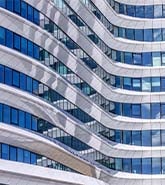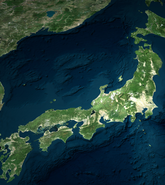NEWARK, Calif. - November 29, 2016 RMS announced today that it has received official approval from the Peruvian insurance regulator Superintendencia de Banca, Seguros y AFP (SBS) to offer catastrophe modeling services to national and global insurance companies writing earthquake risk in Peru. Firms can only use SBS-approved catastrophe models for managing risk in Peru to satisfy their probable maximum loss (PML) calculations and model-based capital regulatory requirements.
“Until now, the choice of SBS-approved models has not included models providing a local view of risk that matches the view of the global industry – the approval of the RMS model changes that,” said Victor Roldán, regional head for Latin America at RMS. “Not only can firms now access the latest science and modeling capabilities for earthquake risk, our world-class analytical services and risk benchmarking analytics can help firms optimize their capital reserving, portfolio management, and reinsurance purchasing, as well as strengthen their underwriting policies to gain competitive advantage.”
The RMS Peru Earthquake Model is one of eight models in the company’s suite of South America Earthquake models, which also includes Argentina, Bolivia, Brazil, Chile, Colombia, Ecuador, and Venezuela. Combined, the suite of models provides the most comprehensive coverage for modeling South America earthquake risk in all seismically active countries in the region.
The models incorporate the latest scientific understanding of the regional earthquake hazard and are based on a single region-wide catalog of crustal and subduction zone seismic sources, including more than 134,000 stochastic events across South America. To develop the models, RMS collaborated with leading South American seismology and engineering experts, including from the Geophysical Institute of Peru. The models capture the influence of local soil conditions on earthquake shaking and incorporate local building design and construction practices into assessments of building vulnerability.






